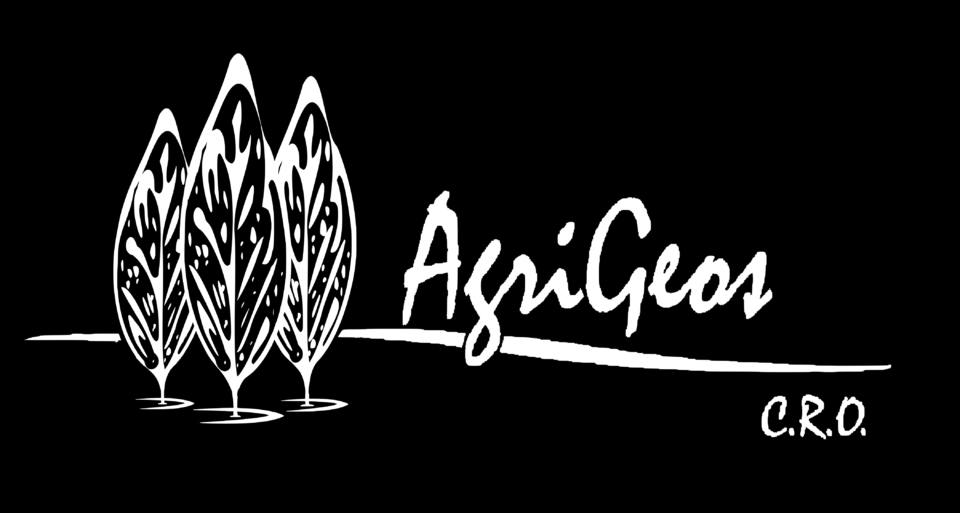EFFICACY EVALUATION OF BEAUVERIA BASSIANA AGAINST TUTA ABSOLUTA (GNORAB) UNDER CONTROLLED CONDITIONS
G. FORTE, D. LEONE, C. LO PUMO, V. PETTINATO, S. CAMMARATA
Agrigeos S.r.l. Centro di Saggio – Via San Girolamo, 82 – 95024 Acireale (CT) e-mail: forte@agrigeos.com Tel: 095-958316
OBJECTIVES
The aim of this trial is to evaluate the efficacy of a Beauveria bassiana formulate, against Tuta absoluta in tomato in greenhouse.
MATERIALS AND METHOD
The trial was established in 95024 Acireale, in the country of Catania in Italy, and performed in cages placed in greenhouse.
Seedlings of Tomato plants cultivar MARMANDE were obtained by seed and transplanted in pots (12 cm diameter). The obtained potted plants were placed in the growing chamber under totally controlled conditions (25±1°C, 60±5% H.R., and 16:8 L:D photoperiod) at Agrigeos facility. The pots were daily irrigated at soil capacity. The development of the crop was good and the crop stand was homogeneous across the trial site. The crop was sown on peat soil (Potgrond H).
At BBCH=13 (3rd leaf on main shoot unfolded), tomato plants were placed inside BugDorm® under greenhouse conditions.
Healthy and untreated Tomato plants were used for at least one month after transplanting to get a sufficient number of leaves to perform one exposition of T. absoluta pre-pupae. The pre-pupae were obtained from the Agrigeos strain mass rearing.
The application of the test item consisted of spraying directly on bare soil surface on each pot, by using low volume sprayer, with the corresponding insecticide solutions under greenhouse conditions. The upper soil surface was lightly mixed to allow incorporation of the product into the upper soil layer.
A water volume of 300 L/ha was used for the application on the soil. The untreated check was sprayed with water.
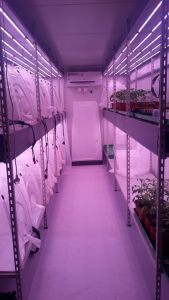
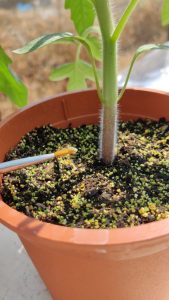
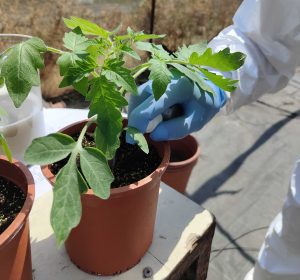
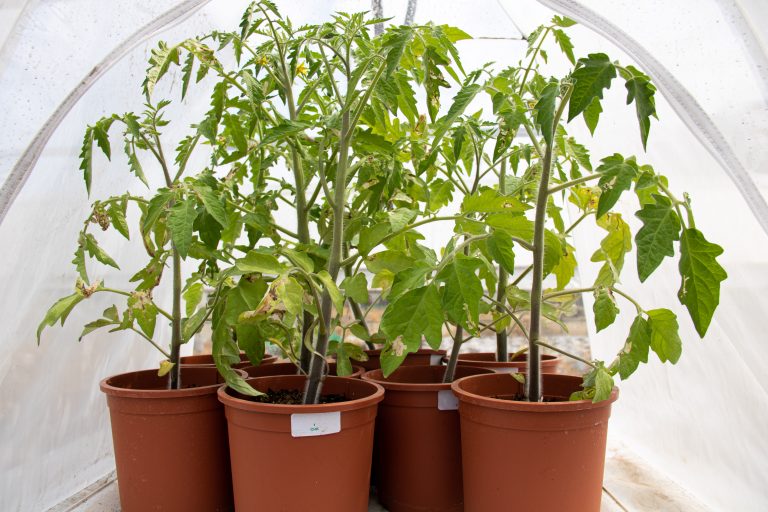
The experimental arena consisted of 8 potted tomato plants for each BugDorm®. 4 replications were established.
For each pot, 5 prepupae were inoculated into the soil surface.
The assessments of adult emergence were performed at 2, 4, 7, and 9 days after the exposition.
At 9 DAA assessment, performed on 3rd August 2022, the mean number of emerged adults recorded in the untreated check (7 adults) was statistically higher when compared to the treated plots (4 and 5 adults).
On 10th August 2022, at 16 DAA, the evaluation of the F1 generation, obtained from the emerged adults, was performed. On the total number of leaves per plots the % of damaged leaves (Incidence), the % of damaged leaf area (Severity), the mean number of mines per leaf and the mean number of larvae per leaf were calculated and recorded.
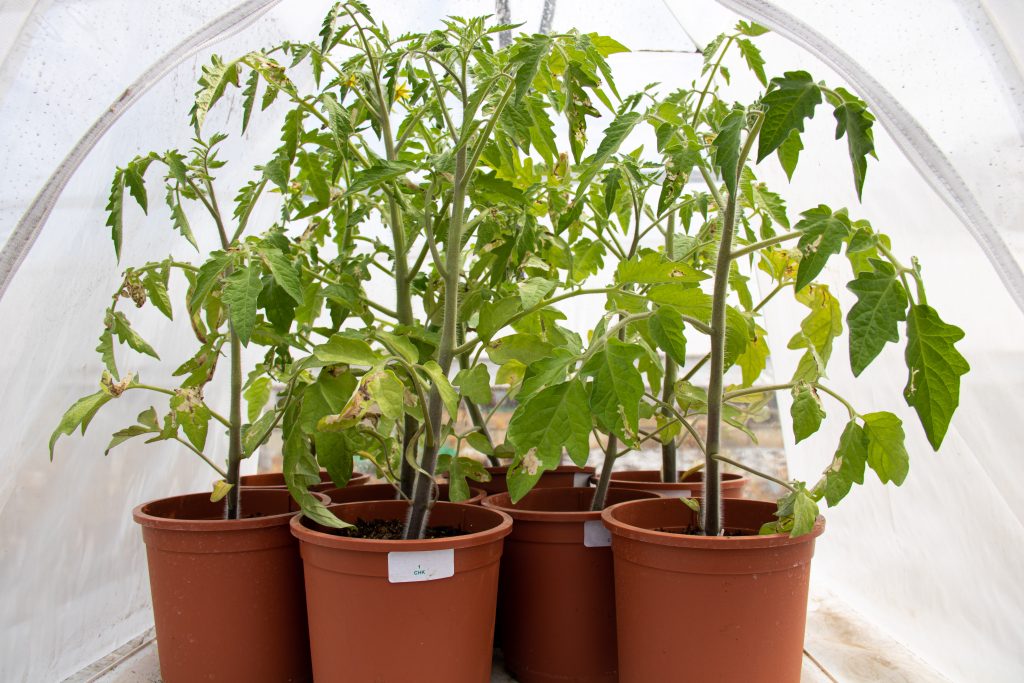
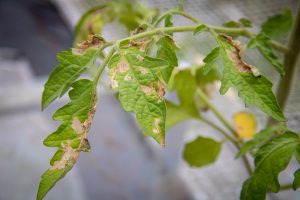
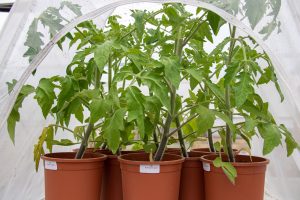
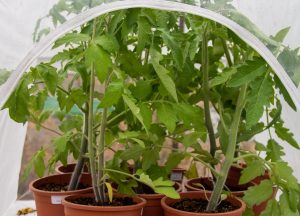
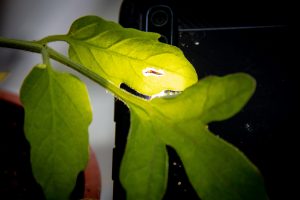
TRIAL RESULTS
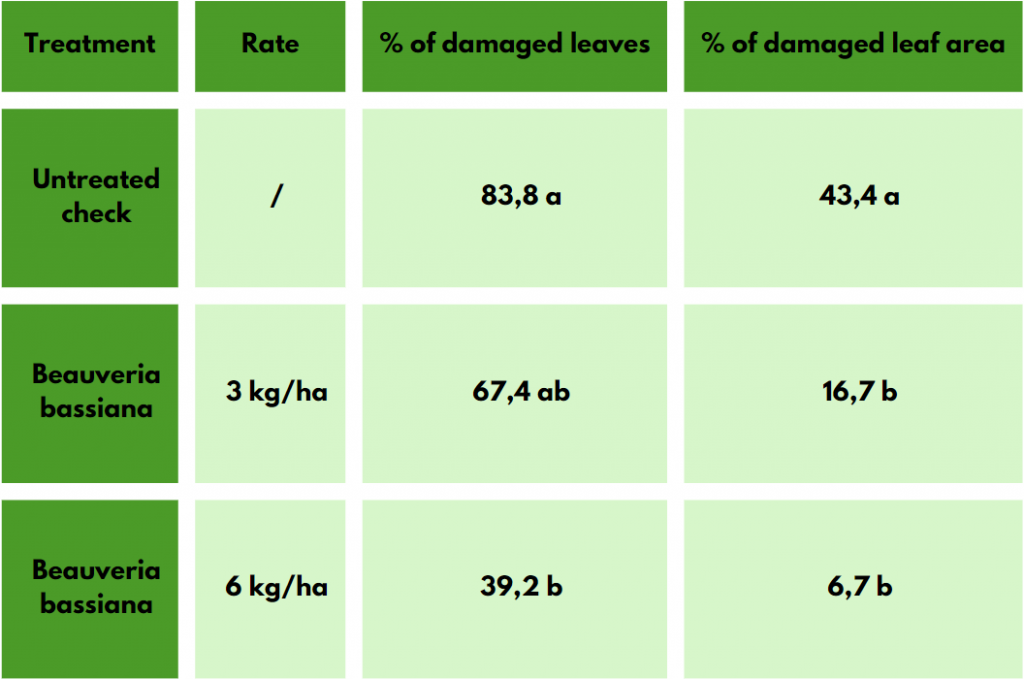


Both rates of Beauveria bassiana formulate led to a significant reduction of damage incidence.
On the untreated check, 83.8% of damaged leaves (Incidence) was recorded. A statistically significant dose response effect with the increasing rates of Beauveria bassiana formulate was recorded. The higher rate of Beauveria bassiana formulate showed a statistically significant reduction of the Pest Incidence (39.2%) when compared to the untreated check.
On the untreated check, an average of 43.4% of Severity (% of damaged leaf area) was recorded. Both rates of Beauveria bassiana formulate showed a statistically significant reduction of the Pest Severity (16.7 and 6.7%) when compared to the untreated check. A dose response effect with the increasing rates of Beauveria bassiana formulate was recorded.
On the untreated check, an average of 40.9 larvae per leaf was recorded. Both rates of Beauveria bassiana formulate showed a statistically significant reduction of the number of larvae per leaf (21.6 and 7.5) when compared to the untreated check. A dose response effect with the increasing rates of Beauveria bassiana formulate was recorded.
No phytotoxicity symptoms and crop vigor reduction were observed on the plants during the whole trial period. There were no effects in plant development.
